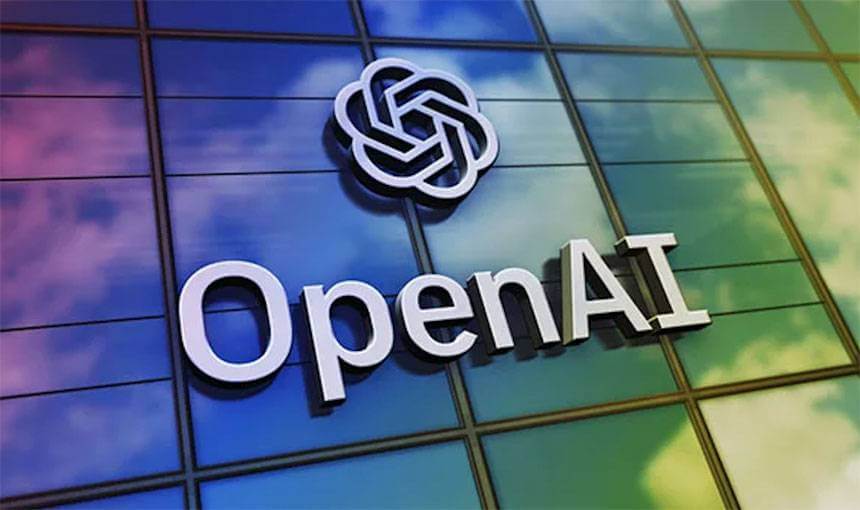OpenAI has officially launched GPT-5, its most advanced AI model to date, marking a significant leap in artificial intelligence. Released on August 7, 2025, GPT-5 is now accessible to all ChatGPT users, including those with free accounts. This new model promises substantial improvements over its predecessors, particularly GPT-4, in reasoning, accuracy, speed, and safety.
Enhanced Capabilities
GPT-5 is designed as a unified system that intelligently switches between different models to provide expert-level responses. It incorporates a smart, fast model for answering most questions, a deeper reasoning model for complex problems, and a real-time router that selects the appropriate model based on the conversation's nature, complexity, tool needs, and explicit user intent. This eliminates the need to manually select models, streamlining the user experience.
The model offers a "minimal" reasoning level, along with low, medium, and high reasoning levels, accessible via the API. GPT-5 supports text and image inputs, with text-only output, and features an input limit of 272,000 tokens and an output limit of 128,000 tokens. It excels in writing, coding, health-related inquiries, and multimodal understanding.
Key Differences from GPT-4
GPT-5 boasts several key improvements over GPT-4:
- Reasoning and Accuracy: GPT-5 has enhanced reasoning capabilities, engaging in internal "chains of thought" to generate more accurate and context-aware answers. It is approximately 45% less likely to produce factual errors compared to GPT-4o and 80% less likely than OpenAI o3. The integration of structured logic leads to more reliable responses, especially in factual and analytical domains.
- Coding Prowess: GPT-5 is OpenAI's strongest coding model to date, demonstrating improvements in complex front-end generation and debugging larger repositories. It can create responsive websites, apps, and games from simple prompts, showcasing a better understanding of spacing, typography, and white space. The model also supports "vibe coding," enabling users to create custom, interactive applications using natural language.
- Writing and Creative Expression: GPT-5 is a more capable writing collaborator, adept at translating rough ideas into compelling, resonant writing with literary depth and rhythm. It handles structural ambiguity more reliably and combines respect for form with expressive clarity, making it suitable for drafting reports, emails, and memos.
- Health and Safety: GPT-5 provides more precise and reliable answers to health-related questions, acting as a proactive thought partner. It features "safe-completions," a safety training approach that prevents disallowed content, reduces hallucinations, improves instruction following, and minimizes sycophancy.
- Multimodal Capabilities: GPT-5 unifies capabilities from previous models, offering a single, more powerful system that integrates advanced reasoning, multimodal input, and task execution.
- Personalization and Customization: GPT-5 offers more customization options, including the ability to select different personalities for the AI chatbot, such as "Cynic," "Listener," "Nerd," or "Robot". Users can also tailor the voice mode, adjusting its tone and speech style.
- Integration and Accessibility: GPT-5 is rolling out to all ChatGPT users, including those on the free tier, with Plus and Pro subscribers receiving higher usage limits. It is also integrated into Microsoft 365 Copilot, enhancing productivity with its ability to reason over web and work data.
Impact and Availability
GPT-5's enhanced capabilities are expected to reshape various industries and applications. Its ability to generate nuanced content, improve translation services, and enhance conversational agents will have far-reaching implications. OpenAI is gradually rolling out GPT-5 to ensure stability during the launch, with availability expanding to more users in stages.
GPT-5 represents a significant advancement in AI technology, offering improved performance, safety, and usability across various domains. Its enhanced reasoning, coding, and writing capabilities, along with its personalization options and integration with other platforms, position it as a powerful tool for both personal and professional use.

















